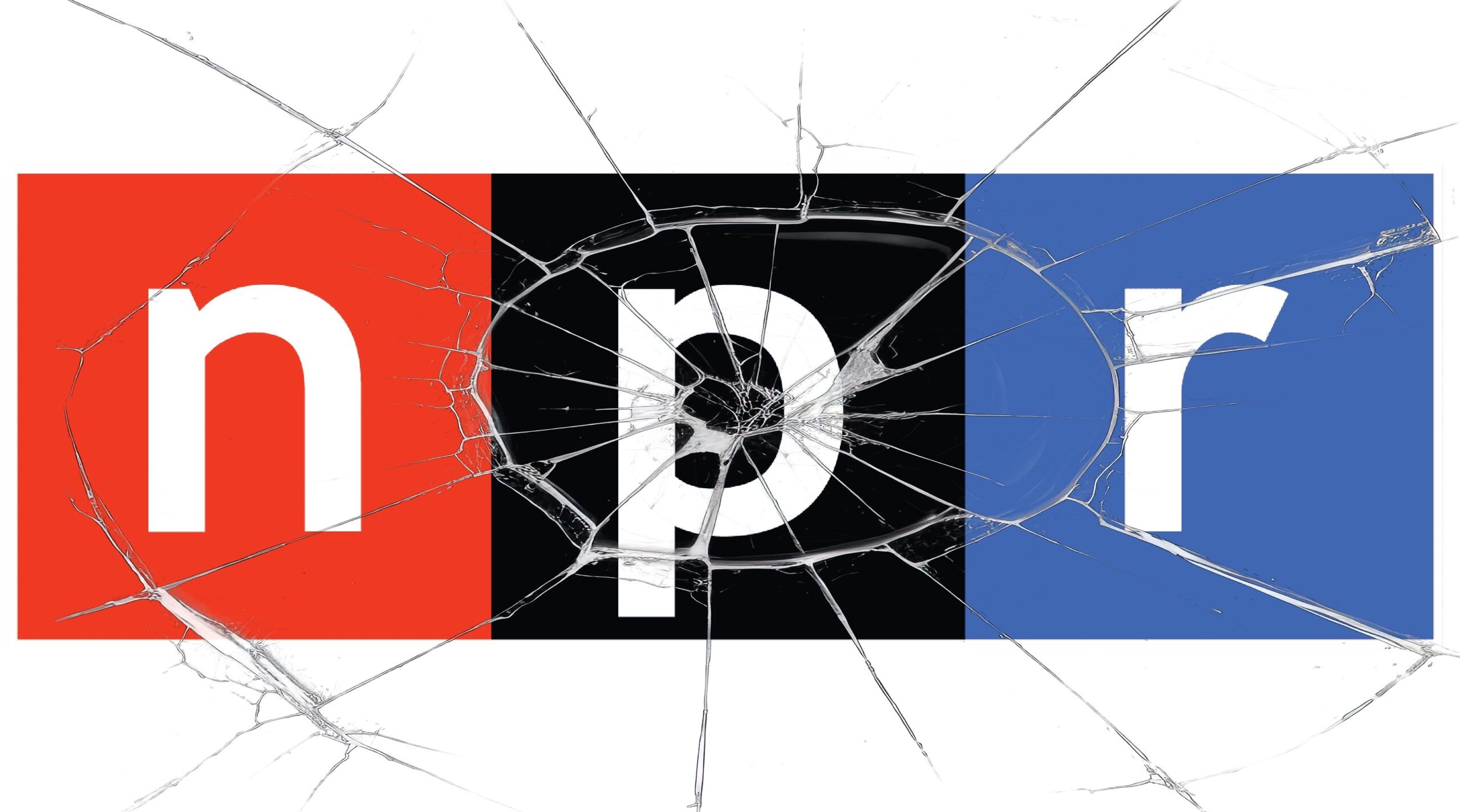All’s not lost in Illinois. Let’s pull together a few recent articles on the good stuff — carefully.
First, downtown Chicago is thriving. In a detailed, thoughtful piece in Crain’s, Greg Hinz recently called Chicago’s downtown the “hottest urban area in the U.S.,” and he backs it up with facts. Crain’s and Mr. Hinz often understate our problems, but downtown’s prosperity is real, albeit nuanced with paradox. Downtown Chicago is the top beneficiary of a genuine megatrend –- reversal of movement to the suburbs. Those white bread suburbs we built for a generation after WWII aren’t cutting it for many Americans, especially young professionals.
“There’s no there there” in many of our suburbs, as Gertrude Stein once said about Oakland. Hinz quotes journalist Alan Ehrenhalt, author of “The Great Inversion and the Future of the American City: “Chicago is likely to be a nest of center-city affluence unequaled in size—or even approached—by anyplace in America.” Maybe that’s going too far, but still….
That trend ties to a wonderful little piece in the Washington Post about how proximity and personal collaboration drive creativity and innovation. Picasso’s “Les Demoiselles d’Avignon,” says the article, resulted from his collaboration and competition with other Parisian painters at the time. “Paris, in today’s jargon, was one vast water cooler.” The tech world understands this, which is part of why our downtown tech community is thriving and companies like Motorola Solutions are moving workers downtown, which has become an entrepreneur’s water cooler.
And if you want to work and live in a real city – a genuine urban environment — what are your other choices? Chicago’s a bargain compared to New York or San Francisco, and exceptionally inexpensive by international standards. There’s the paradox, as we’ve written here before. We’re e inexpensive because of our problems, and a lousy local economy helps drive entrepreneurship.
A renaissance in Rust Belt manufacturing is also working for Illinois. Recent data show manufacturing outperforming in job growth, and Crain’s again dug into the details. With transportation equipment and metal fabricating lead the way, Chicago outpaced the nation in manufacturing job growth for three years.
Finally, Site Selection Magazine recently named Illinois No. 5 for creation or expansion of corporate facilities, but be skeptical about this one. Also in the top five were Michigan, Ohio and Pennsylvania, and that smells very wrong. Maybe it’s a timing issue. The ranking is based on actual activity that occurred in 2012, not forward projections or current realities. Planning for corporate site selection takes several years, so perhaps the effects of our problems have yet to sink in. Corporations that moved or expanded in 2012 may well have tied up the needed land or expansion space many years before.
None of this good news diminishes the challenges. Besides those bigger trends helping us out, it’s the power of our legacy assets that’s driving the good news. Transportation facilities, world class universities, multinationals’ headquarters, a huge and diverse workforce, a downtown with character, accumulated expertise in sectors like manufacturing, and much more, including sector diversity itself. These are gifts we inherited, envied by most cities around the world, and they are gifts that keep on giving. But they don’t validate Springfield’s leadership, or excuse the choices we’ve made at the ballot box, or justify the mope work ethic bred by today’s unions. We are gradually losing whatever edge those legacy assets provide.
What this good news does provide are pieces to a vision, a vision of what Illinois could be like with an overhaul. I mean a real overhaul, a big bang, including near complete turnover in Springfield, labor reform and comprehensive pension reform. In other word, suppose we “don’t let a good crisis go to waste” and we do a full restart. Combine a full restart with the trends that are working for us plus the legacy assets we hold, and Illinois could more than catch up. It could lead the nation in jobs, growth and quality of life, especially for those who have been behind. With a full restart, Chicago, especially, could indeed become to the economy what Paris was to the arts one hundred years ago.
Mark Glennon

 A set of state lawmakers want to extend CPS’ current school closing moratorium to February 1, 2027 – the same year CPS is set to transition to a fully-elected school board. That means schools like Manley High School, with capacity for more than 1,000 students but enrollment of just 78, can’t be closed for anther three years. The school spends $45,000 per student, but just 2.4% of students read at grade level.
A set of state lawmakers want to extend CPS’ current school closing moratorium to February 1, 2027 – the same year CPS is set to transition to a fully-elected school board. That means schools like Manley High School, with capacity for more than 1,000 students but enrollment of just 78, can’t be closed for anther three years. The school spends $45,000 per student, but just 2.4% of students read at grade level.
 Hopefully, all media will get the message, in Illinois, too.
Hopefully, all media will get the message, in Illinois, too. Ted joined Tom Miller of WJPF to talk about Illinois’ highest-in-the-nation property taxes, why lawmakers don’t want to touch the tax’s cost drivers, just how much Illinoisans’ tax burden has grown over the decades, why Gov. Pritzker failed to meet his promise to reform property taxes, and more.
Ted joined Tom Miller of WJPF to talk about Illinois’ highest-in-the-nation property taxes, why lawmakers don’t want to touch the tax’s cost drivers, just how much Illinoisans’ tax burden has grown over the decades, why Gov. Pritzker failed to meet his promise to reform property taxes, and more.
This is all just calm before the storm, even for downtown. These property taxes are killing us.